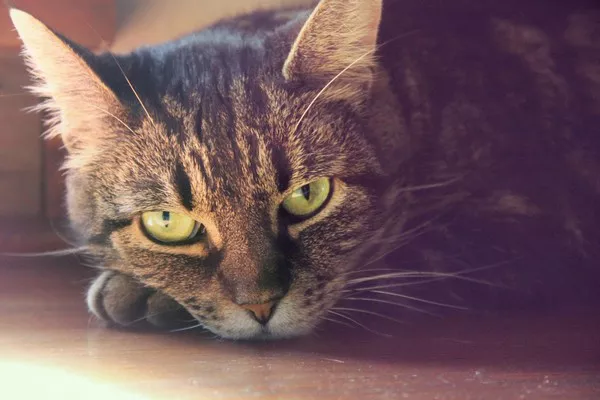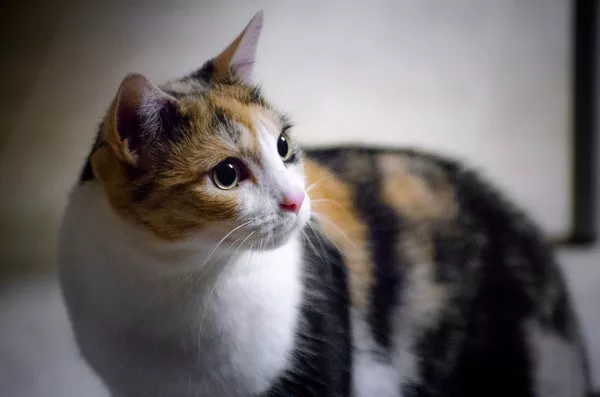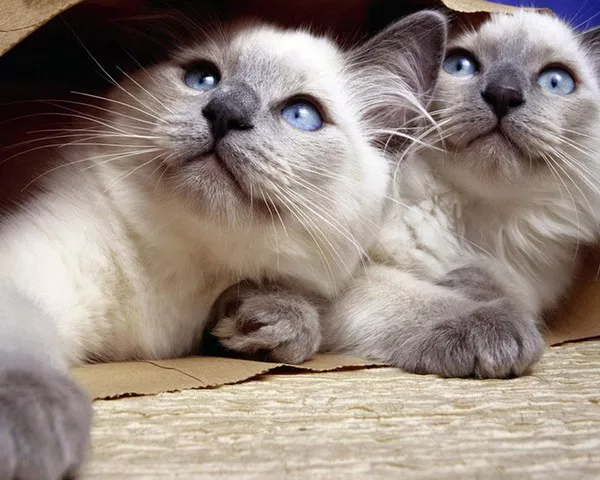The journey of bringing new life into the world is a marvel that spans across species, each with its own unique nuances and intricacies. For calico cats, the period of pregnancy, or gestation, is a fascinating and crucial phase that heralds the arrival of the next generation. In this exploration, we delve into the specifics of how long a calico cat is pregnant, shedding light on the stages of feline gestation, the signs of impending motherhood, and the care required to support these magnificent mothers-to-be.
The Marvel of Feline Reproduction
Feline reproduction follows a pattern that is both instinctual and remarkable. Calico cats, like other domestic cats, undergo a series of stages during the reproductive process, culminating in the birth of adorable kittens. Understanding the duration of a calico cat‘s pregnancy is essential for cat owners and breeders alike, as it provides insights into the expected timeline and allows for appropriate care and preparation.
The Duration of Calico Cat Pregnancy
The gestation period for calico cats, or any domestic cat for that matter, typically lasts around 63 to 65 days. This period can vary slightly based on individual factors, including the health of the mother cat, environmental conditions, and the specific breed. Calico cats, known for their distinctive tri-colored coats, share the same reproductive characteristics as other domestic cats, and their pregnancies follow a similar timeline.
Understanding the Stages of Calico Cat Pregnancy
The journey of calico cat pregnancy unfolds in distinct stages, each marked by specific developments in the growing kittens. While the external signs of pregnancy may not be immediately evident, there are subtle changes occurring within the mother cat’s body. Let’s explore the stages of calico cat pregnancy:
1. Fertilization and Early Development:
The reproductive process begins with fertilization, where the male cat’s sperm meets the female cat’s egg. This typically occurs during mating.
The fertilized egg then travels down the fallopian tube and implants itself in the uterine lining.
In the initial weeks, the embryos undergo cell division and begin the process of forming distinct structures.
2. Embryonic Development:
As the embryos develop, they differentiate into recognizable structures, including the neural tube, which forms the spinal cord and brain.
By the end of the third week, the embryos have implanted securely in the uterine lining, and the placenta begins to take shape.
3. Formation of Organs and Features:
Over the next few weeks, the organs and features of the developing kittens become more defined.
The mother cat’s abdomen may start showing subtle signs of pregnancy, but it’s often challenging to discern until later stages.
4. Mid-Pregnancy:
Around the fifth week, the calico cat’s pregnancy becomes more noticeable. The abdomen may appear rounded, and the veterinarian can confirm the pregnancy through palpation.
The kittens’ skeletons begin to harden, and their facial features become distinguishable.
5. Late Pregnancy:
In the final weeks of pregnancy, the calico cat’s abdomen is noticeably enlarged. The kittens are fully formed and ready for birth.
The mother cat may exhibit nesting behaviors, seeking out quiet and comfortable spots to prepare for the impending arrival of her litter.
Signs of Pregnancy in Calico Cats
While the internal stages of pregnancy are progressing, external signs in calico cats become more evident as the gestation period advances.
Recognizing these signs is crucial for cat owners and breeders to provide appropriate care and support for the expectant mother. Here are common signs of pregnancy in calico cats:
1. Enlarged Abdomen:
One of the most apparent signs is the gradual enlargement of the calico cat’s abdomen. This becomes noticeable around the fourth to fifth week of pregnancy.
The abdomen may feel firm to the touch as the kittens grow within the uterus.
2. Changes in Nipple Color and Size:
The cat’s nipples undergo changes in color and size. They may become more prominent and pinkish in hue.
This change is particularly noticeable in the later stages of pregnancy.
3. Behavioral Changes:
Pregnant calico cats may display changes in behavior, including increased affection or, conversely, a desire for more solitude.
Nesting behaviors may become apparent as the cat seeks out quiet and secluded spots to prepare for giving birth.
4. Weight Gain:
As the pregnancy progresses, the calico cat may experience weight gain. However, weight gain alone is not a reliable indicator, as it can vary among individual cats.
5. Changes in Appetite:
Some pregnant cats may exhibit changes in appetite. This can vary from increased hunger to a temporary decrease in food intake.
Offering a balanced and nutritious diet is essential to support the mother cat and her developing kittens.
6. Palpation Confirmation:
Palpation by a veterinarian can confirm the pregnancy. This involves gently feeling the cat’s abdomen to detect the presence of developing kittens.
Palpation is typically accurate after the third week of pregnancy.
Providing Care for Pregnant Calico Cats
Caring for a pregnant calico cat involves a combination of attentive monitoring, proper nutrition, and creating a supportive environment. Here are essential care tips for cat owners during the gestation period:
1. Nutrition:
Provide a balanced and nutritious diet specifically formulated for pregnant or lactating cats. High-quality cat food with essential nutrients supports the health of both the mother cat and the developing kittens.
Consult with a veterinarian to determine the appropriate diet and feeding schedule.
2. Regular Veterinary Check-ups:
Schedule regular veterinary check-ups to monitor the progress of the pregnancy and address any health concerns promptly.
Veterinarians can provide guidance on vaccinations, deworming, and other aspects of prenatal care.
3. Quiet and Comfortable Environment:
Create a quiet and comfortable environment for the pregnant calico cat. Offer secluded spaces for nesting, and ensure there is minimal disruption to reduce stress.
Providing a cozy and private area for the cat to give birth is crucial for a smooth labor process.
4. Observe Behavioral Changes:
Pay close attention to any behavioral changes in the pregnant calico cat. Monitor for signs of distress, unusual aggression, or prolonged periods of isolation.
Report any concerning behaviors to the veterinarian for evaluation.
5. Prepare for Birth:
As the expected due date approaches, prepare a birthing area with a comfortable and easily cleanable nesting box. Line the box with soft bedding to provide a cozy space for the mother cat and her kittens.
Keep essential supplies on hand, including clean towels, a heating pad (set on low), and a contact number for emergency veterinary assistance.
6. Postnatal Care:
After the kittens are born, continue to provide attentive care. Ensure the mother cat is nursing well, and monitor the health and development of the kittens.
Schedule a postnatal veterinary check-up to confirm the health of the mother and her newborns.
Conclusion: A Journey of Wonder and Responsibility
The gestation period of calico cats unfolds as a journey of wonder and responsibility. From the early stages of fertilization to the eventual birth of precious kittens, each phase is marked by intricate developments within the mother cat’s body. Recognizing the signs of pregnancy, providing appropriate care, and creating a supportive environment are essential steps in ensuring the well-being of both the expectant mother and her soon-to-arrive offspring.
As cat owners embark on this journey with their pregnant calico cats, the bond between human and feline deepens. The miracle of motherhood is a shared experience, and the responsibility of nurturing new life adds a chapter to the ongoing story of companionship and care. In celebrating the wonder of calico cat pregnancy, we honor the resilience, beauty, and grace of these remarkable feline mothers and the miraculous gift they bring into our lives.

























